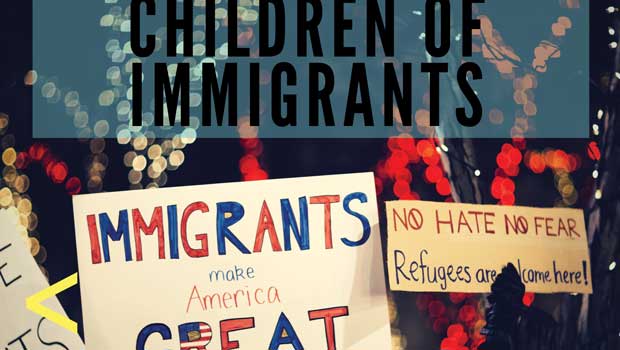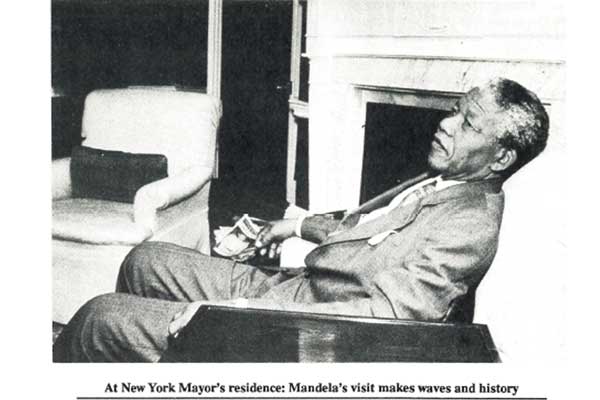Murder is on the rise in the United States. Since 2020, the rate of homicides has been increasing at an alarming pace. According to an article in The New York Times, “In 2020, murders in the United States spiked more than 27 percent — the largest percentage increase in at least six decades.” In 2021, the upward trajectory persisted: “Homicide counts in major American cities continued to climb in 2021, but the pace of the increase slowed,” reports the Council on Criminal Justice. Furthermore, mass shootings increased significantly. According to an article in Vox, they “were up more than 46 percent last year.” Why is this surge in murders happening?
Various Theories
There are many hypotheses about why homicide rates have spiked in the past three years. Some experts blame the pandemic which caused economic stress and distressing disruptions to daily life. Others point to a heightened distrust of the police, fueled primarily by the killing of George Floyd in May of 2020, as well as many other instances of police brutality against African Americans.
Some analysts blame progressive policies for contributing to the rise in crime. In fact, according to The New York Times, “Rising homicide and violent crime rates have even Democrats in liberal cities calling for more law enforcement, not less — forcing prosecutors to defend their policies against their own allies.” Democratic leaders like Mayor London Breed – the first black female mayor of San Francisco –admits that many of the progressive policies meant to eradicate crime have not been successful:
“This is not working,” Ms. Breed said recently on The New York Times podcast “Sway.” “We’ve added all these additional resources — the street crisis response team, the ambassadors, the services, the buildings we purchase, the hotels we purchase, the resources. We’ve added all these things to deal with food insecurity. All these things. Yet people are still being physically harmed and killed.”
An increased prevalence of guns undoubtedly had a huge impact on the murder rate. According to an article from NPR, “Much of the violence [in 2020] was driven by firearms, with nearly 77% of murders being committed with some sort of gun.” Furthermore, as German Lopez writes in The New York Times, “Americans bought many more guns in 2020 and 2021 than they did in previous years. The guns purchased in 2020 also seemed to be used in crime more quickly than firearms bought in previous years. And Americans seemed more likely to carry guns illegally in 2020. In short: Americans had more guns, and were possibly more likely to carry and use them.”
Pastor Corey Brooks, founder and Senior Pastor of New Beginnings Church of Chicago, sees a correlation between homicides and drill music (“drill” is slang for “killing”), a subgenre of hip hop with dark, violent content which some critics say glamorizes crime, gang rivalry, and death. In a speech, Brooks said, “Drill music is a major problem of what keeps the violence going in the South Side of Chicago. What made drill music so powerful, and what gave drill music its staying power in America are the music corporations. The people that run these companies are what I call ‘culture vultures.’ They feed off the misery of my people, and these culture vultures make millions off the deaths of black bodies.”
Even with good intentions, some progressives, comfortably detached from the poor neighborhoods and minority communities they set out to help, don’t always solve the problems effectively. In fact, they sometimes make things worse. Pastor Brooks says, “These liberal folks thought they knew how to fix our neighborhood. They bragged about how they were helping us when they were in reality creating black dependency. They bragged about how they were investing in our neighborhood when we clearly don’t see any fruits of that so-called investment around here. In other words, these liberals exploited black pain for their own personal and professional prestige. They never paid the price for the damage they did to our communities. We would have been way better off had they never tried to help us in the first place. That’s a fact.”
What Solutions Are Being Proposed?
Liberals have suggested various proactive measures to combat the high crime rate. They have called for measures like a widespread reform of the criminal justice system, defunding the police, and investing in more social services like educational opportunities, community outreach initiatives, and access to health care and drug rehabilitation. Defunding the police has been controversial, and many point to the fact that residents in high-crime areas don’t want less policing, just non-militarized, well-trained, quality policing. A USA TODAY/Ipsos poll showed that only 18 percent of respondents support the movement to defund the police. Interestingly, 67 percent of white Americans oppose the idea, as do 66 percent of black Americans. Along the lines of political affiliation, 66 percent of Democrats oppose defunding the police and 84 percent of Republicans oppose it as well. In many cases, a trial run of defunding the police has proven it to be ineffective measure. According to an article in The Nation, “. . . cities that had committed to defunding the police in 2020 are already reversing course in response to apparently rising crime, restoring police budgets to their prior excessive amounts and sometimes even increasing them.”
Conservatives tend to criticize the liberals for their suggested reform measures but offer few real ideas of their own to address the rise in crime, often just repeating the worn-out slogan of “law and order.” They are willing though, in contrast to liberals, to talk about the importance of individual morality and self-accountability and to decry the absence of fathers in poor and minority families.
Paradoxically, the phenomenon of fatherless families is due to both high incarceration rates as well as the welfare system which, according to Paul Peterson, a Harvard scholar on education reform, has historically discouraged marriage. He notes that “welfare assistance went to mothers so long as no male was boarding in the household… Marriage to an employed male, even one earning the minimum wage, placed at risk a mother’s economic well-being.”
As ideas are debated, the facts remain that ordinary people want to feel safe in their communities. According to journalist Rav Arora,“Though progressives often assume otherwise, we don’t have a comprehensive, scalable program or intervention to effectively contain and rehabilitate felons. While increasing high school graduation rates and utilizing cognitive behavioral therapy (CBT) programs, for example, have shown great promise in helping reduce rates of criminal offending, they cannot yet effectively deter violent crime the way law enforcement is equipped to. For all its many flaws, the police and prison system remains the only currently available means to protect society from the worst forms of victimization.”
What Is the Solution?
If neither the liberal nor conservative approaches are stopping crime effectively, how can the problem be solved? One interesting example of crime-ridden neighborhoods being turned around happened in Chicago in the 1980s. An article by Armstrong Williams, “The Nation of Islam Could be Chicago’s Savior,” asserts, “Security firms affiliated with the Nation of Islam began informally patrolling communities beset by violence in the late 1980s, and proved quite effective in several cities — including Washington, D.C., Baltimore and Chicago. The basis of their presence was to establish respect among the community and serve as a presence teaching young men how to carry themselves with dignity. A largely unarmed force, they were able to achieve consistent and dramatic reductions in violent crime in the neighborhoods they patrolled.”
A similar approach has reduced crime significantly in places like Camden, New Jersey. The city initiated reforms in 2012 which required all police officers to interact with respect and caring with residents of the communities they patrolled, often on foot. Officers were trained to see themselves as “guardians, not warriors … our objective is to bridge the gap with residents and work with them as partners,” said Police Chief Gabriel Rodriguez. The prosecutor in Camden echoed that approach, stating that his office “works to build community trust through outreach efforts,” that they want the people to know that they “do not exist simply to put people in jail.”
No doubt, reform is needed. At the same time, as long as there are violent offenders in the streets, there is still a need for a criminal justice system to serve as protectors of innocents and act as a deterrent to crime.
When Islam was introduced to corrupt and idol-worshipping Makkaa, it was seen as strange and disruptive of social norms. It called for widespread changes in behavior and the social order, and when fully implemented in Madinah, it achieved a community where people cared about one another, held themselves accountable, and remembered God in their speech and actions. This created an environment of peace and well-being. If Islam could be understood and applied in poor, middle-class, and wealthy neighborhoods, it could transform hearts and minds and lead to lasting, revolutionary change. Then we might elect political leaders who genuinely think and speak and act as servants of the people. The wealthy might see themselves as patrons of the common good, and all men and women could join hands as brothers and sisters in faith.




